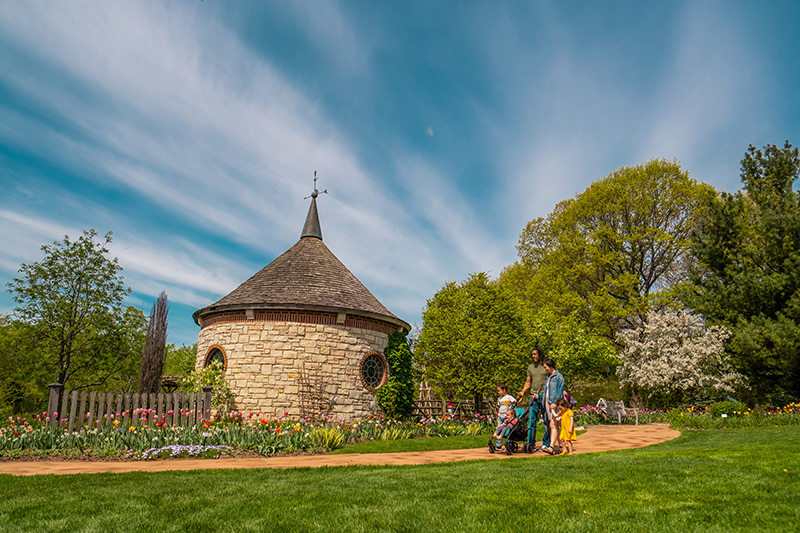

Below are our top tips and tricks from our experts to help your garden space thrive and make a positive impact on our environment, no matter the size. Explore our blog for more resources!
• Native Plants to Fill Your Fall Gaps & Containers
• What are Meadows & Why Are They Important?
• Build a Butterfly Sanctuary: Three Steps to Increase the Butterfly Population
• The Pollinator Migration Roundup: Who Stays & Who Goes?
• The Magnificent Migration of Monarch Butterflies & How a Super Generation Makes it Happen
• No Mow May: Why Letting Your Lawn Grow is Beneficial
• Keep it Clean or Not: How to Tidy Up Your Outdoor Spaces & Still Protect Wildlife Habitats
• 3 Easy Tips for Sustainable Garden & Landscape Cleanup
• 4 Invasive Plants to Avoid in Your Garden & What to Plant Instead
• 4 Sustainable Water Practices for Your Garden
• Protect the Environment by Planting a Rain Garden
• Do’s & Don’ts: Reusing Items & Tools in Your Garden
• Composting Basics Your Need to Know
• 5 Ways to Start Regenerative Gardening for Better Soil Health
• 7 Edible Plants to Grow in Smaller Living Spaces
• 6 Tips to Help Your Houseplants Thrive This Winter
• 12 Great Indoor Plants That are Safe for Kids, Pets, & Your Living Space
• Plants for Your Pad: How to Create the Best Environment for a Green Space
• Plants for Your Pad: Critter Control & How You Can Ensure Your Plants are Safe from Common Household Pests


Gardening has a plethora of different benefits for everyone, including those with physical or developmental disabilities.
Extension Brown County Horticulture Staff are available to help you with your gardening questions. This is a free service.
B.A.D. Buds (Bay Area Daylily Buds)
Brown County Beekeepers Association
Brown County Community Gardens Program
Garden Club De Peres
Lady Bug Garden Club
Master Gardener Volunteers of Manitowoc County
Northeastern Wisconsin Orchid Society
Northeast Wisconsin Rose Society
Northeast Wisconsin Unit of Herb Society of America
Northeastern Wisconsin Master Gardeners
Northern Gardeners of Wisconsin
Have an upcoming local Garden Club event or activity to share?
Submit it for promotion on the Garden’s website, e-newsletter, and Facebook page!




920.490.9457
info@gbbg.org
2600 Larsen Rd
Green Bay, WI 54303
Be the first to know about our latest news, upcoming events, programs, and more.
©2024 Green Bay Botanical Garden. All Rights Reserved.


Save $10 with the code NEW2024
Join by March 24, 2024.
A donation to the Garden by Dec 31 makes a world of difference. Be part of our growth journey! 🌺


A Garden membership is a meaningful gift for your loved ones to enjoy this timeless treasure and make memories all year long.
Support the Garden and gift a membership today!
Explore nature’s wonders!
Join as a new member by December 3 and receive two Free Daily Admission Passes.


View and bid on hundreds of items like plant containers and hanging baskets, various gift packages, outdoor living items, and so much more.
will be moved indoors with limited seating due to Friday’s weather forecast. Tickets are no longer available. We apologize for any inconvenience!
Due to the snow storm, the Garden will open at 12 pm today (Wednesday, April 3). Stay safe!